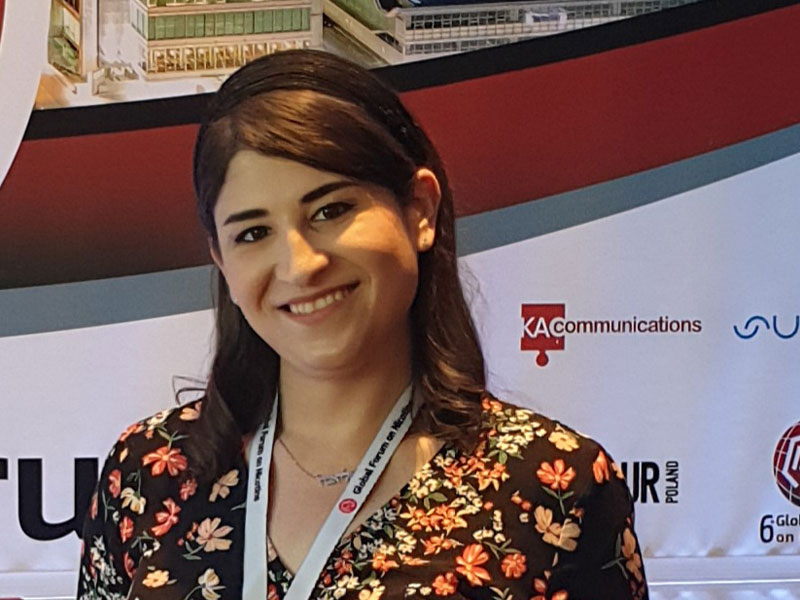
Eliana Golberstein, a scientist at Myriad Pharmaceuticals and chief of standards at the Vaping Trade Association of New Zealand, shared her views on vaping from a pharmaceutical perspective. Harm reduction, she said, is about the world we live in—not the world in which we want to live. And while it is impossible to eliminate risk, it is perfectly possible to reduce risk. Golberstein used the analogy of driving, an inherently risky activity. “But we don’t stop people from driving,” she said. “We implement seatbelts, build infrastructure and provide education to minimize the risk while respecting people’s freedoms.”
Similarly, smokers can reduce the risk of nicotine consumption by switching to e-cigarettes, which satisfy their cravings without the disease-causing products of combustion. E-cigarettes, she said, present a fraction of the risk of combustible products, and the small risks they do present can be mitigated by product design. “Every time we learn about substances that can be of concern—especially those that come from flavors—we can use rational design to remove them or reduce exposure,” said Golberstein.
She stressed that toxicity is about relativity. Half a century before Professor Michael Russel made his famous observation that people smoke for nicotine but die from tar, Swiss Alchemist Paracelsus noted that all substances, in sufficient amounts, are poisonous. “All things are poison, and nothing is without poison. Solely the dose determines that a thing is not a poison,” Paracelsus said.
For vapor product designers, this means keeping the levels of potentially harmful compounds below the highest concentration at which no adverse effect is found.
Vapers can further mitigate their risk by following best vaping practices. That starts with product selection, by buying devices manufactured by reputable manufacturers. Poor airflow, below-standard coils and unsafe settings in unregulated mods can enable the generation of undesirable compounds through excessive heat. Inexperienced vapers would do best by sticking with regulated closed pod systems or simple ready-to-use kits, according to Golberstein.











